The Origins of Gothic Architecture
I’m Mitchell Rocheleau, I'm an architect searching the world to learn more about the buildings that humans have created over time. I believe that our buildings and built environment reflects the culture and the context of the people who constructed them and they can reveal fundamental insights about us. Using architecture as our lens we can learn more about ourselves and where we come from.
Today we're going to be looking at Gothic architecture, specifically in France and England. Many people appreciate Gothic architecture for the stunning visual appearance and the scale of the cathedrals. Gothic architecture shares a stylistic language that's pretty consistent from the different cathedrals. Many people may think that this style or this architectural language was just invented or grabbed out of a big bag of architectural traits and then applied to a structure. However, the style is deeply embedded into a more philosophical and theoretical concept that the early builders who conceived the first Gothic cathedrals held within them. And that concept is light.
Throughout history light has signified optimism, lucidity, clarity, transparency, and hope. Thinkers and philosophers such as Plato, St. Augustine, and Dionysius have included these ideas and concepts about light into their teachings, into their ideas, and their writings. When many of the concepts about light were presented to the people of, let's say, the early medieval period, the idea of light and luminosity, transparency really seemed to resonate with people. The environment at that time could be viewed as very brutal, harsh. And to be provided philosophies and ideas suggesting that there is hope, transparency, lightness, was in stark contrast to maybe some of the really harsh realities that were occurring at that time. Thus they were fairly attractive. The idea of light was starting to kind of come to surface in the arts, furniture making, painting, sculpture, and of course architecture. Some of the early Cistercian monasteries began to incorporate the ideas of light and illuminosity into the work, into their built spaces, trying to flood the interiors of their buildings with light. This was in stark contrast to the previous era's architecture which was called Romanesque architecture. Romanesque architecture could be described as a more heavy, solid architecture that takes a lot of cues from, obviously, the Romans earlier. But the result of the interior spaces that were produced using this heavier, kind of more Roman architecture where the interior spaces were dark. They were not filled with light. They felt heavy.
So you can imagine somebody in this era when these ideas about light, illuminosity, transparency, were being preached to them or being taught to them and then they enter into a space which is a contrast that you can imagine that there starts to become a bit of a disjoint between what was being said in the ideas and the spaces that they were inhabiting. This I think is the point, the pivotal point and shift when thinkers such as Abbott Suger in France started to think about how to build beautiful architecture that embodied these ideas of light, transparency, illumination, and tried to imagine and create spaces that when somebody was in their space they would be filled with light.
So Abbott Suger at the church of Saint-Denis just outside of Paris is often credited with the innovation of the Gothic style of architecture at Saint-Denis. Suger started to direct his builders to open up the arches. How can we make the walls thinner, what kind of innovations can we implement architecturally to accomplish the idea of an illuminated interior. Abbott Suger went to great lengths to try to minimize the structural depth of the walls to try to thin up the structural elements of his church incorporate things like buttressing, pointed arches, to try to create an architecture that could allow as much light into the interior as possible. The thinness, the elongated proportions, and the kind of delicacy of a lot of the architectural elements creates, now, what is the hallmark language for Gothic architecture. He modified existing elements such as the classic arch with the half circle on top to a pointed arch, and with that pointed arch you get more surface area or more opening area inside of the window that allows additional light in compared to the half circle arch or classic the Roman arch. He also inserted large panes of stained glass inside of the openings of the cathedral and what that did is, as the sun came across the sky it cast the light into the interior of the cathedral, illuminated the inside with different colors, and it created a dynamic and everchanging interior atmosphere.
So to sum it up through a kind of theological and philosophical idea and concept of light, really a new architectural language was developed. Many of these components were radical innovations at the time and the coming of Gothic architecture really signified, in my mind, a shift, a cultural shift, an aesthetic shift, and in some ways a shift of human consciousness. What Gothic architecture also signifies is a real focus on the individual's experience of a space. So before builders, architects, were looking at architecture more from an exterior perspective. What does the architectural shell look like, but there wasn't such a heavy emphasis, historically, about the interior atmospheres created. It was more the interior atmosphere was a just a byproduct of this kind of larger architectural form, shell, shape.
But from the point of Gothic architecture once you start to see interior spaces, atmospheres, being really considered, formulated, and carefully crafted, that represents to me a shift. It's really thinking about the individual. What's their experience like, what's their perception like, how is the interior space, how is the architecture influencing this person and how they feel. To me this is a really, kind of, pivotal point not only in architecture but just in in our development as a species. So as we see the Gothic cathedral start to come to fruition in many of the small towns over France, Spain, England, we also kind of see a parallel rise in the urban centers of these specific towns.
So the building of these Gothic cathedrals stimulated the local economy, made them centers for intellectual development. It also stimulated trade. Many of the local people of the town gathered together to help in the construction. There was a real kind of, yeah, sense of a central goal in the community. Gothic architecture was kind of a unique innovation developed in France. But as the architectural style started to get out and spread, one of the main areas that the architecture moved to was England. So when the Norman conquest happened, the Normans came into England and really began to implement their architectural building practices, construction practices, onto the cathedrals, existing and new cathedrals, in England.
This past year I was fortunate to travel to England and visit about 10 or 11 of the Gothic English cathedrals all over the country and look at the different architectural features and styles that were implemented in each one of the different edifices. Seeing each one of these cathedrals really told the story not only of history but also the different engineering architectural innovations that were occurring at the time and how they were kind of compiled and create these unique edifices. Going through each one of them you can begin to identify these kind of changes in histories, political influences, economical influences, societal influences, artistic influences, and each one of them is a bit unique. So that was a very fascinating experience to be able to go visit all of the cathedrals.
Today in architecture we tend to see buildings be formulated through pure formal agendas. And if you contrast that with what we see in the Gothic era, how the architecture was a product of a much deeper, richer, philosophical idea, that was deeply embedded into society, into culture, you start to see the difference between those two approaches to creating buildings. And they're also, in my mind, they resonate differently with the people who use them. For me Gothic architecture is an example of a definable divergence from the architectural traditions of the past. It's a clear inflection point in the history and culture of our world. I believe monuments like this coincide with significant cultural, artistic, and psychological shifts in societies.
Around this time near Paris in the fields of art, sculpture, and design, they were all undergoing change. In other words the idea of light and its associated meanings was brewing and embedding itself into the culture. The architecture of Gothic cathedrals was simply the medium through which its expression was most clearly and poignantly depicted. This phenomena where architecture acts as a lens through which we can see greater cultural, societal, spiritual, and psychological shifts in our history, is the story I hope to uncover.

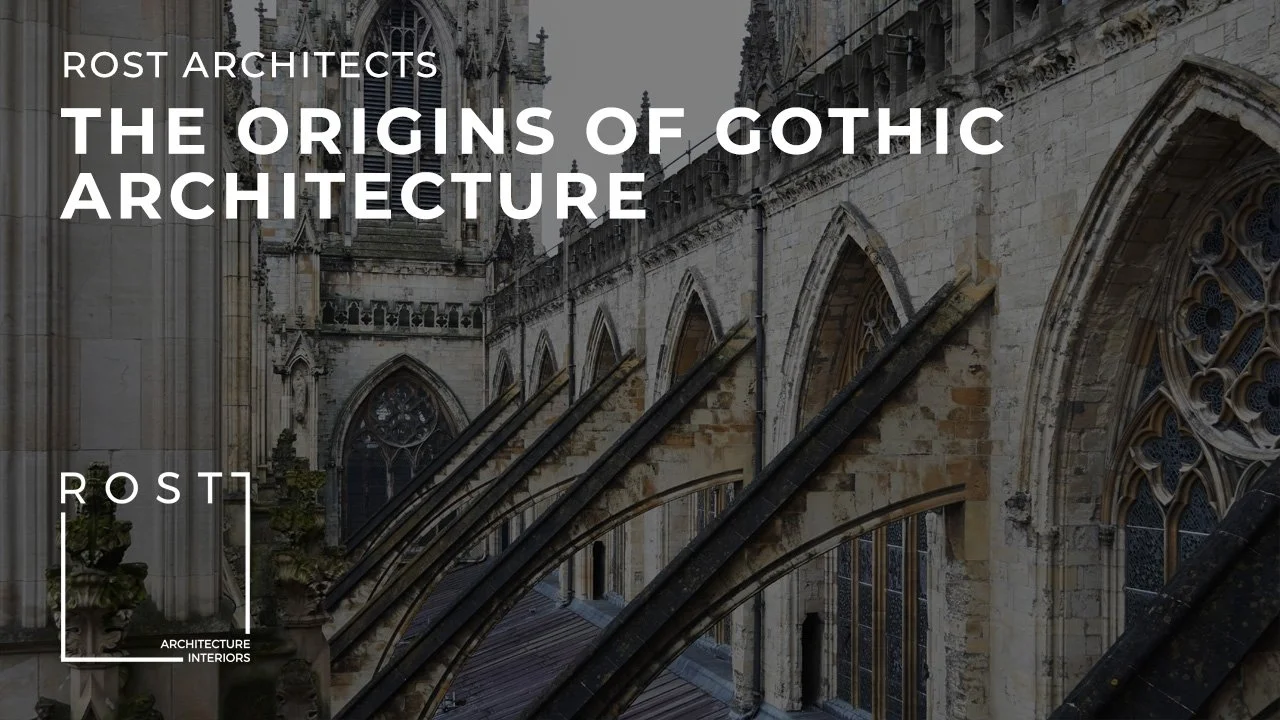





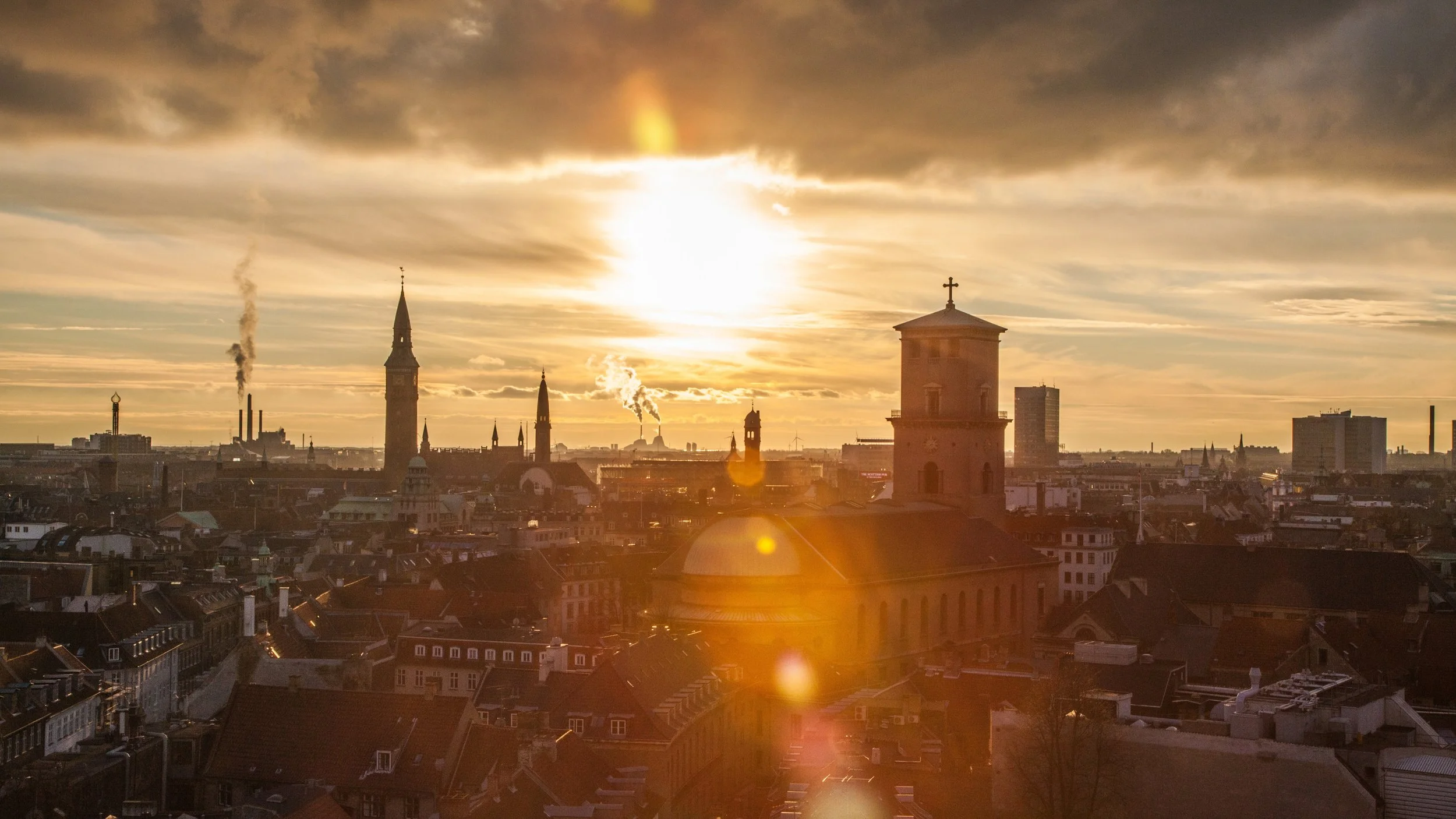


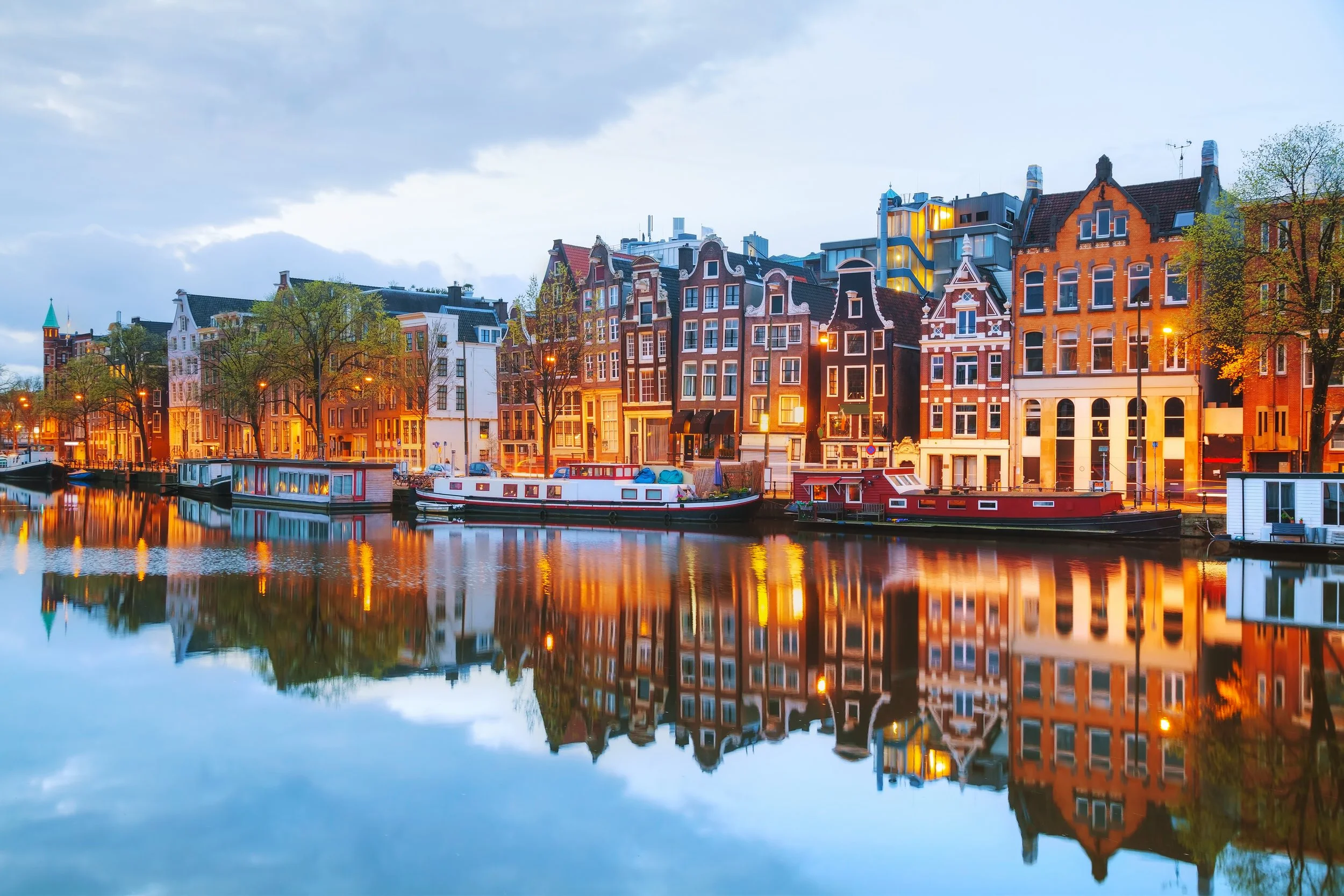
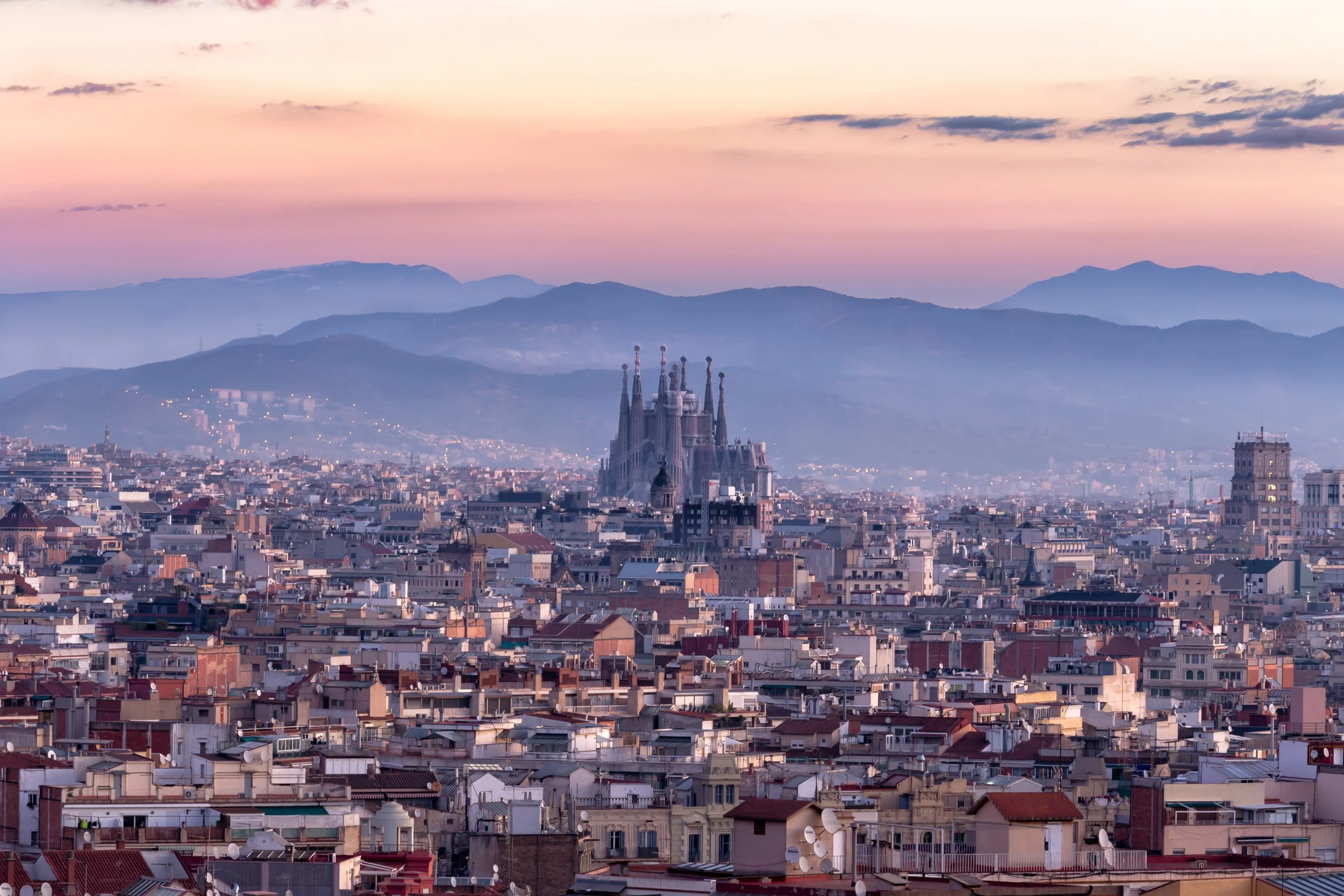

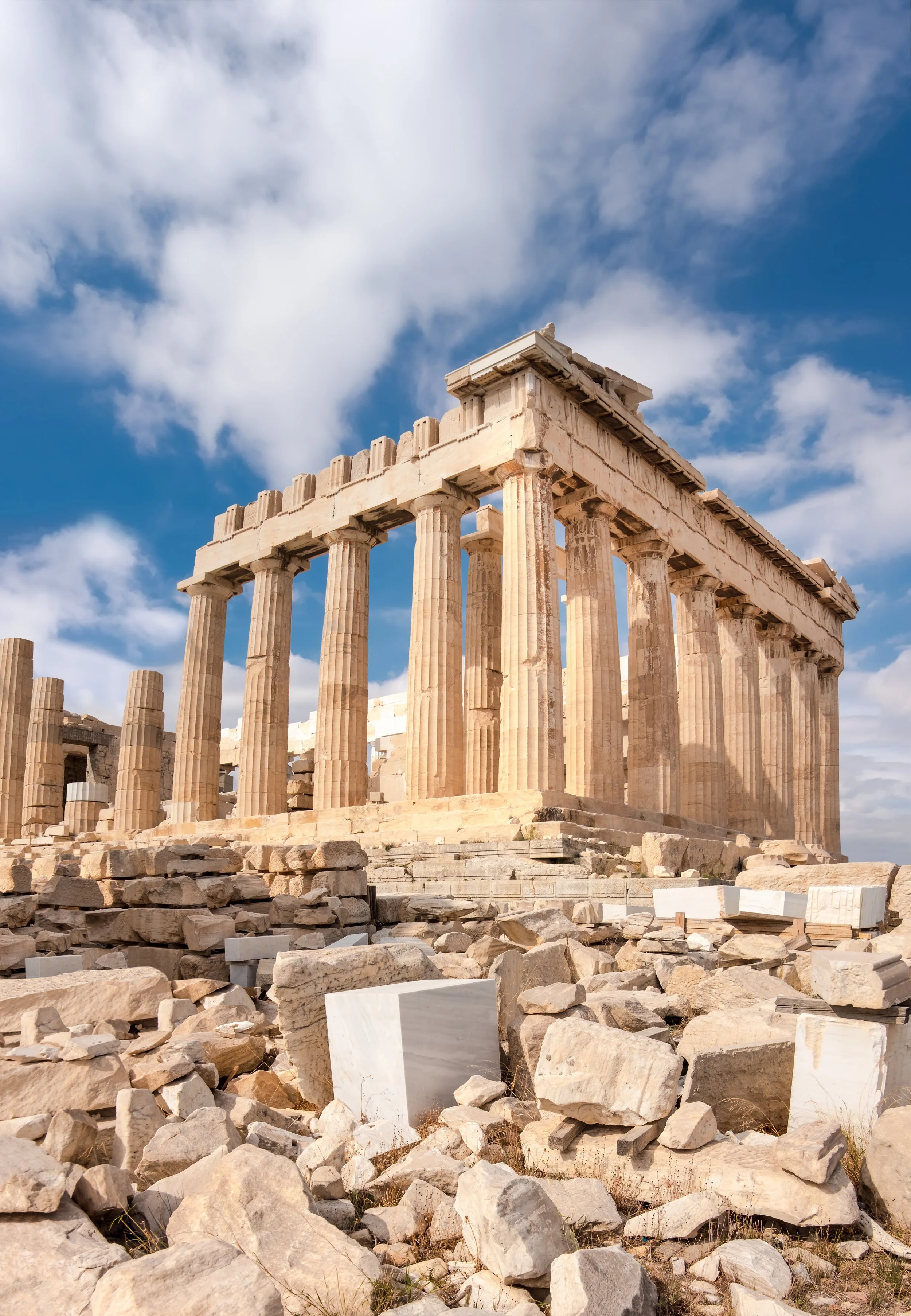

















Notre Dame Cathedral had the power to embed itself into more than just the cityscape. It made its way into the hearts of the people of Paris. When the Cathedral was engulfed in flames on April 15th, 2019, we were reminded that the architecture around us impacts our lives beyond functionality. Principal and Architect of ROST Architects, Mitchell Rocheleau, discusses the history, architecture, and the architectural power of Notre Dame Cathedral.